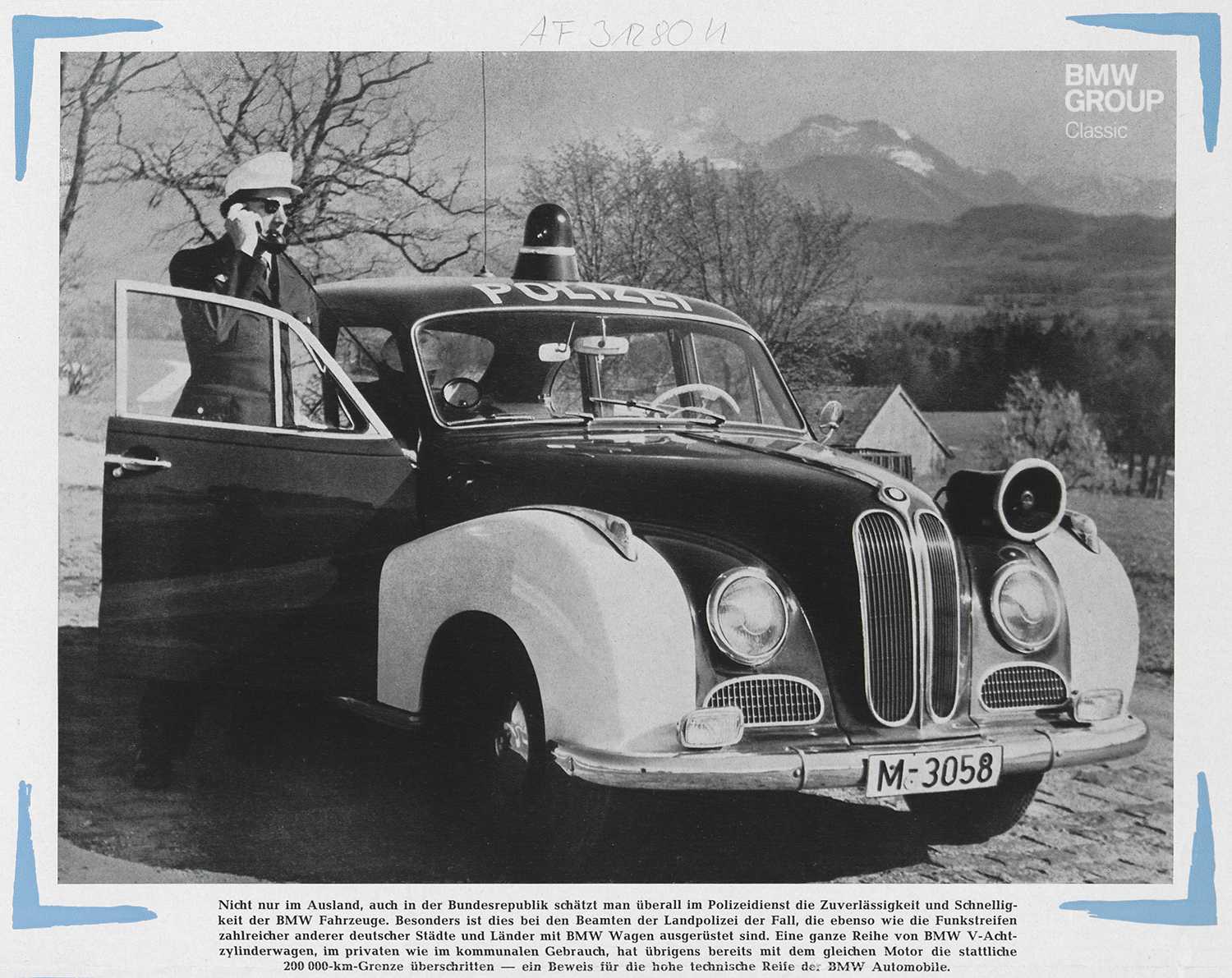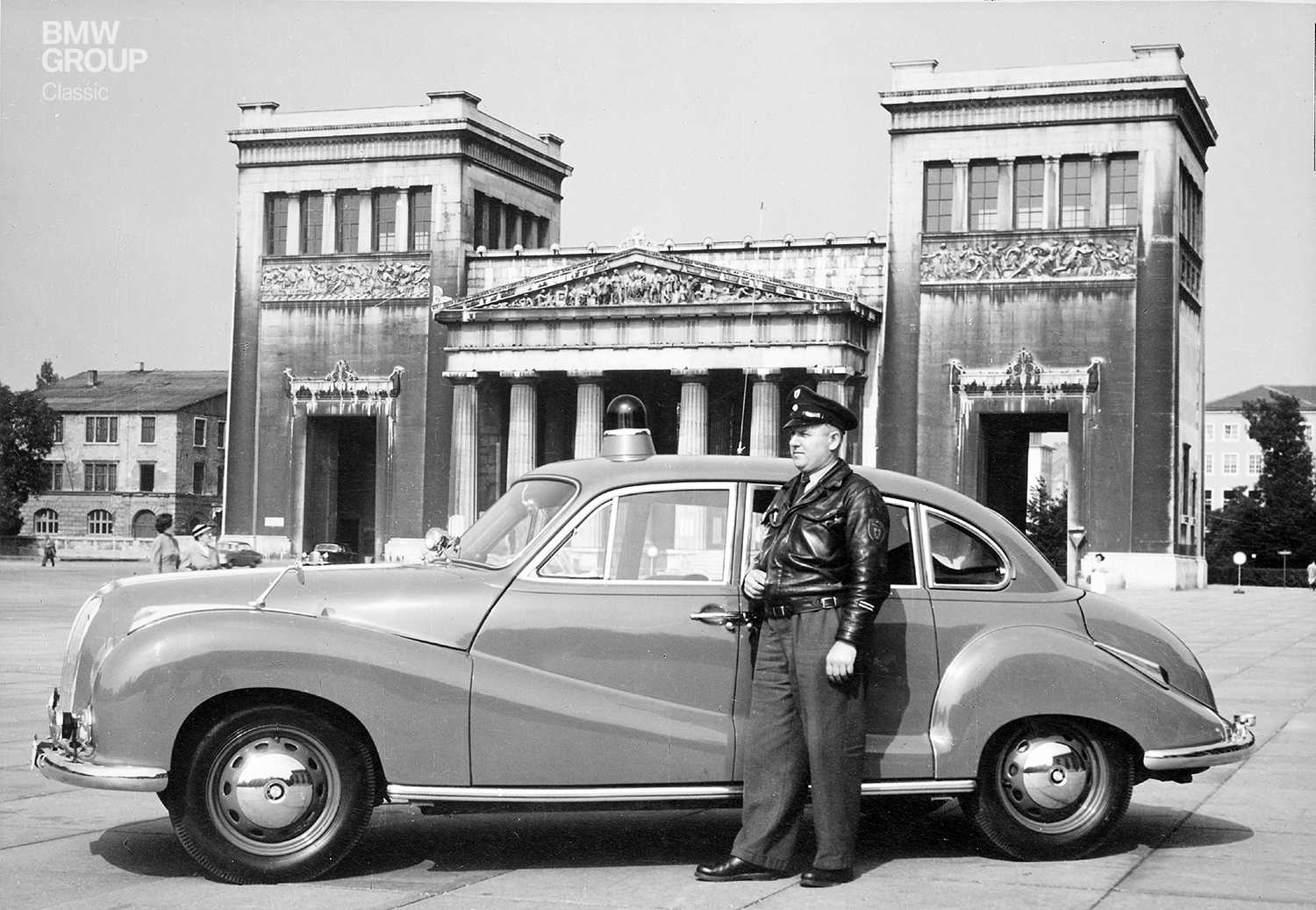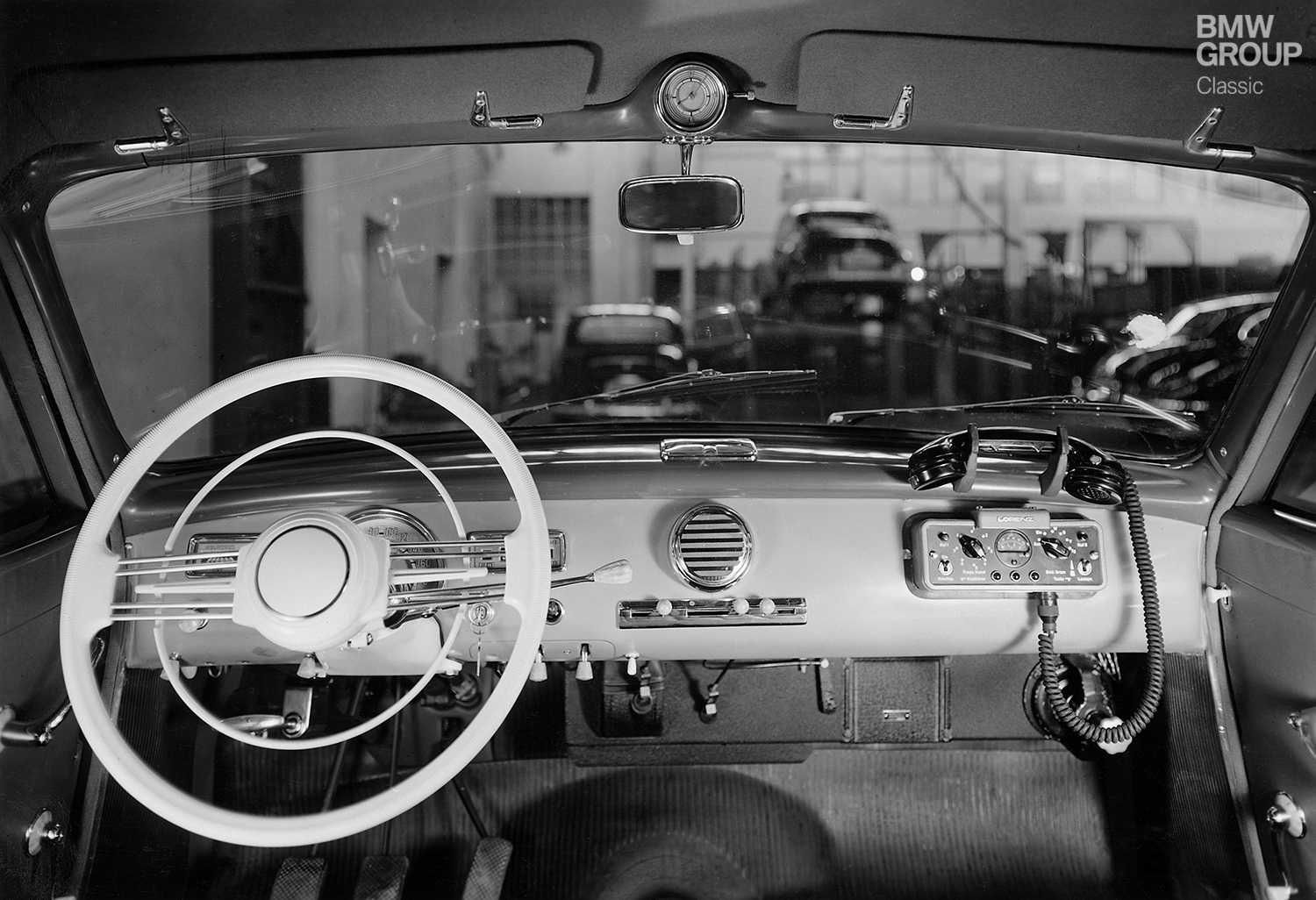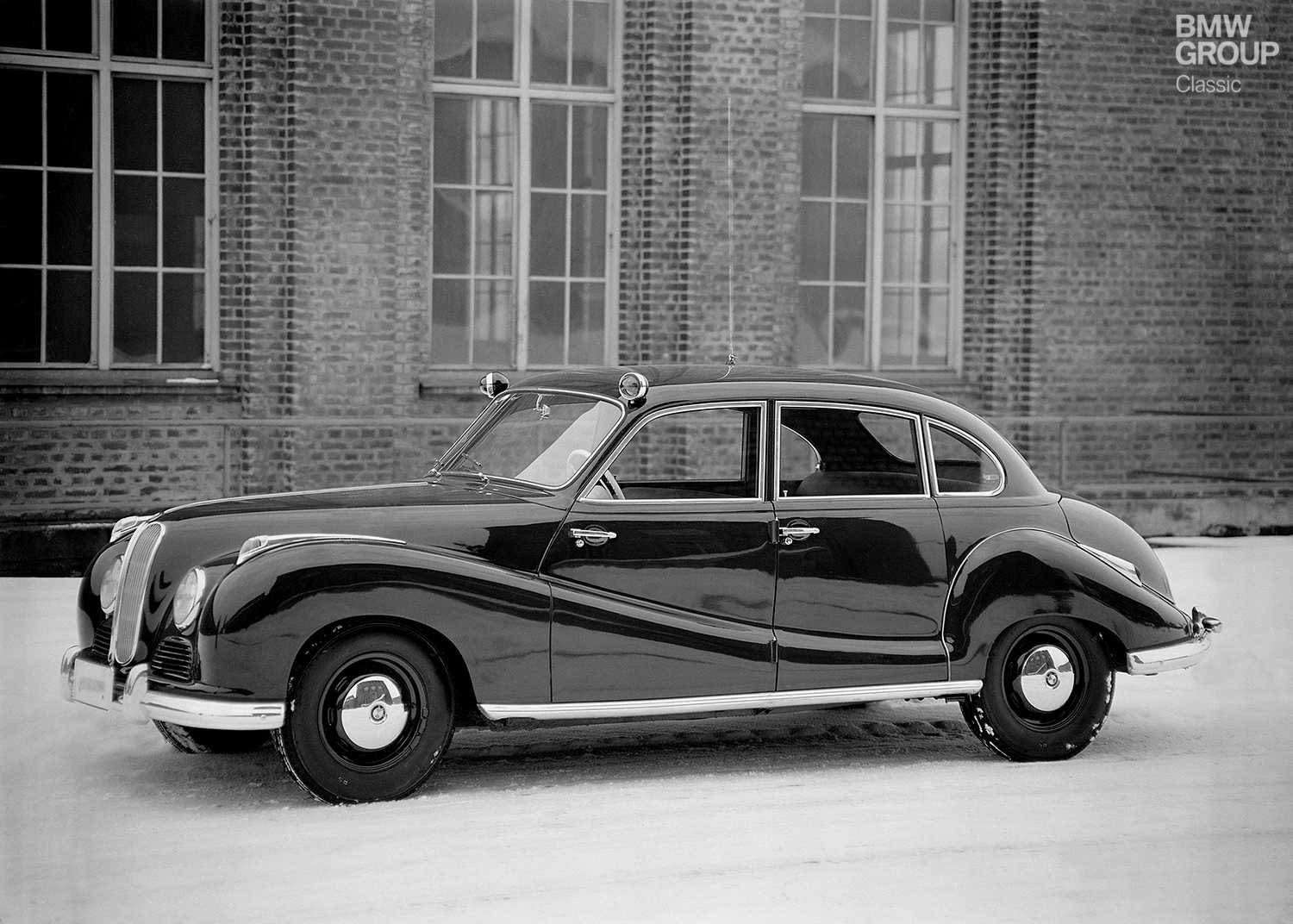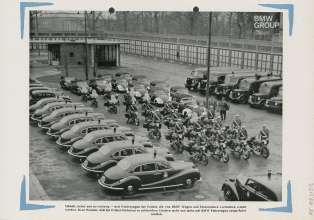Once upon a time, out in the countryside, if you saw someone stealing eggs, you’d rush to your nearest police station to report the crime. A diligent policeman would then hop onto his bicycle and attempt to apprehend the thief. In towns and cities, constables were a common sight on foot patrol, pounding the beat, giving peace of mind to the public when nothing else more pressing was afoot. But in a vast country like the United States, sheriffs soon took to motor cars. And these would later be fitted with radios to facilitate communication with HQ.
New era, new technology.
The post-war era in Germany was not without its crime-related challenges. Tough economic conditions and wartime experiences meant that crime rates rose sharply. The police had to do something to boost efficiency and, more pressingly, the speed of their response. In the 1950s, and following the American example, patrol cars with radios rolled onto the streets of German towns and cities in a revolutionary change to the established order. A modern control centre would coordinate call-outs while a certain number of vehicles were out on patrol, mostly manned by two officers. This made life considerably more difficult for crooks because they had to accept that the law could appear on the scene much more quickly than was previously possible. Indeed, with the police now able to call on BMWs with a bit of poke, the average getaway vehicle was no longer fit for purpose.
Elegant sedan heralds new dawn.
The 501 was unveiled in 1952 as the first BMW car to emerge after the war. This luxury sedan had a high technical specification, especially with the advanced, light-alloy eight-cylinder engine which, from 1954, generated 95 hp and was far superior to its six-cylinder sibling. Even though it weighed 1,430 kg, the car accelerated from 0 to 100 km/h (62 mph) in 17.5 seconds on the way to a top speed of 160 km/h (99 mph) – a figure beyond pretty much anything else on the roads at the time. For thieves and robbers, this restricted the choice of getaway vehicle considerably, as Plan A usually involved putting distance between themselves and the scene of the crime before anyone could catch up.
The Isar 12 and the Munich of its day.
Munich’s affinity for its local brand naturally played a role when it came to procuring new patrol cars. As well as power, the trustworthy BMWs offered a number of other major advantages. The cars were extremely spacious and inspired respect – a useful feature appreciated by police officers charged with the task of maintaining order every day.
Around the year 2000, former Munich policeman Herbert Joksch (now deceased) restored one of the patrol cars he had used himself. Joksch had dreamed of driving such a car as a young traffic constable and he went on to notch up many a mile in one when he became a radio patrol officer. In an interview, he said that this BMW was like a kind of life insurance because its robust construction, with its boxy side sections, offered him and his colleagues much more protection than other sedans of the time. The short steering column and tank above the rear axle also helped in this regard, even though safety considerations did not dictate the car’s design.
A TV series that achieved cult status.
The “Isar 12” TV series first aired in 1961 and aimed to show in an entertaining way what real police work was like for those at the sharp end. Many police officers in Munich assisted with the filming, which centred on the redoubtable partnership between Bavarian curmudgeon Alois Huber and partner Herbert Dambrowski. But where would either of them be without their splendid patrol car, the “Isar 12”? Three series comprising a total of 35 episodes were made up to 1963, preserving Munich’s patrol cars for posterity to the extent that they retain their familiarity in German households to this day. In all likelihood, the series actively encouraged more young people to join the force than all the official recruitment posters and campaigns put together. At the same time, this was also advertising for BMW and the city as a whole.
Like the double-act on board, the telephone receiver on the dashboard was invincible. It clicked audibly into place after calls to/from the control centre had ended and the blue light had come on. The light flashed, the siren cleared the road ahead and all the headlights shone. The thin, cross-ply tyres zipped across the old cobblestones, the villains winced and the hearts of law-abiding citizens were warmed.
This was a police car par excellence.
Most episodes of “Isar 12” can be found on YouTube in German. Follow this link for a report (also in German) about Munich police officer Herbert Joksch and the BMW 501 he restored himself:
